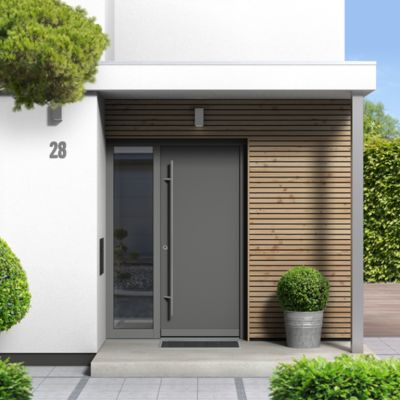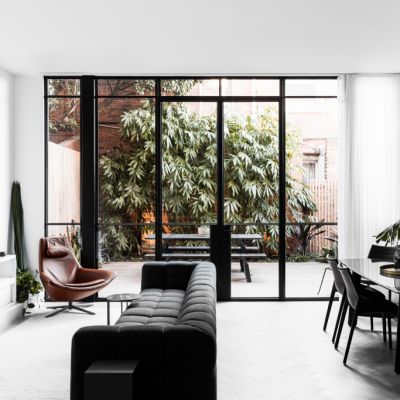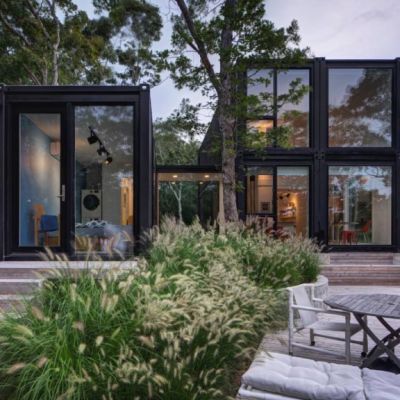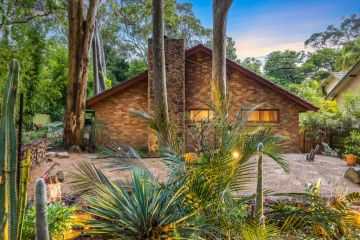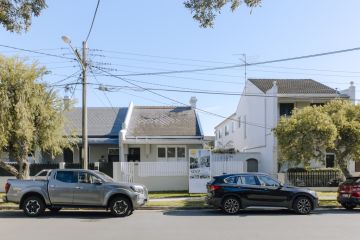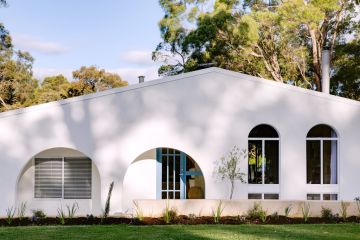An interior designer could be your home's 'secret weapon'
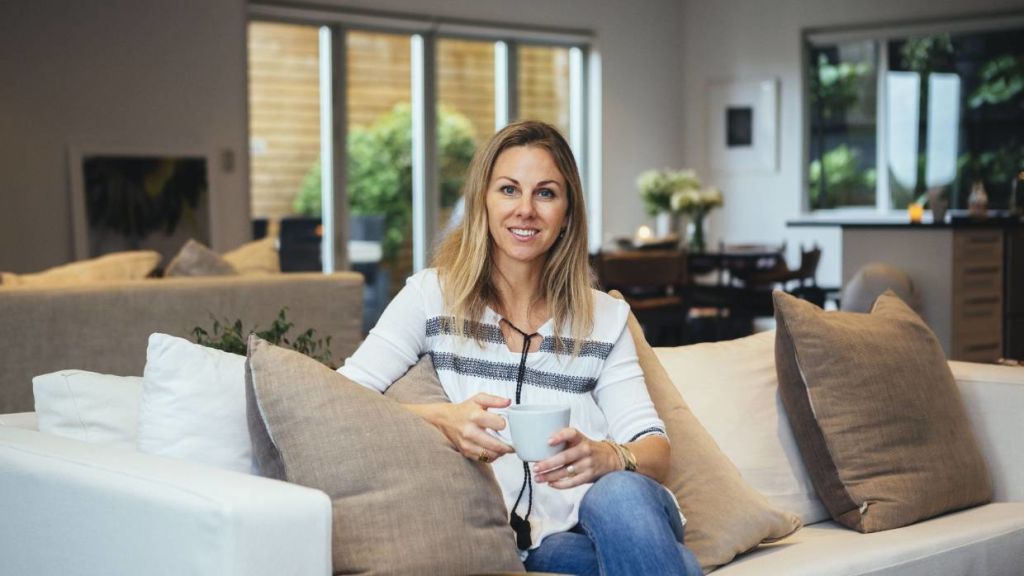
Those fabulous interiors you see on Instagram, Pinterest and in glossy magazines don’t happen by chance.
In most cases, there’s an interior designer working behind the scenes, and if you’ve tried the DIY approach, you will recognise this immediately.
As many of us know, getting it wrong can be time-consuming and expensive. These are good reasons why an interior designer can be invaluable. But how do you find one that’s on your wavelength?
Firstly, rest assured a good designer will never try to force their own agenda. But at the same time, they need your trust, because that’s how your home interior will be lifted out of the ordinary.
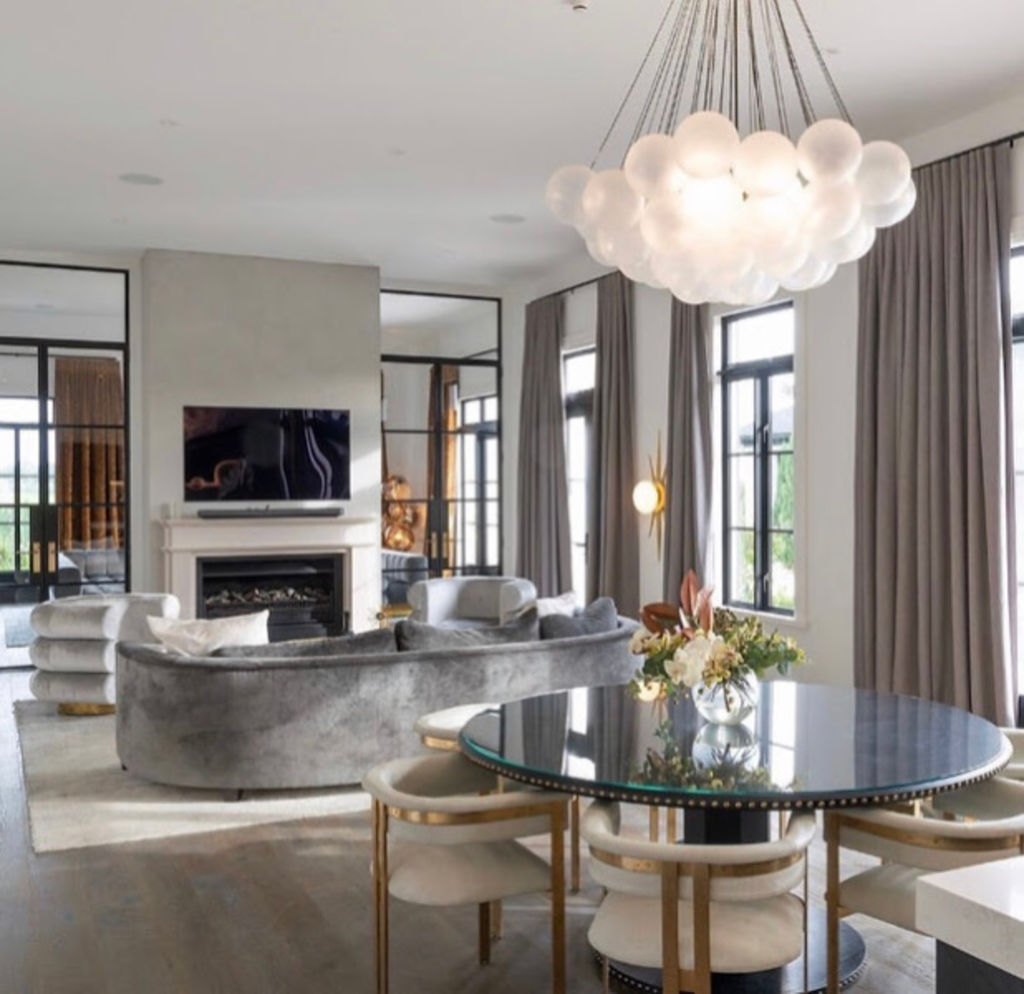
Research and referrals are your best starting points. Most designers have Instagram posts, and websites featuring completed projects.
Interior designer Melissa Greenough says searching your location with “interior designer” on Instagram is a great place to start.
“There are some great platforms and directories. Archipro is a site where a lot of designers, architects and others in the residential design industry advertise their services. The directories in (house and garden) magazines are also good.
“I also suggest if you really like a particular style of furniture, such as Bauhaus or French Country, then you visit the stores that sell these items and ask if they have any suggestions for a designer. A lot of designers have a signature look and these stores will be able to help. I even get referrals from people who have visited stores such as Plumbline, and fabric houses.”
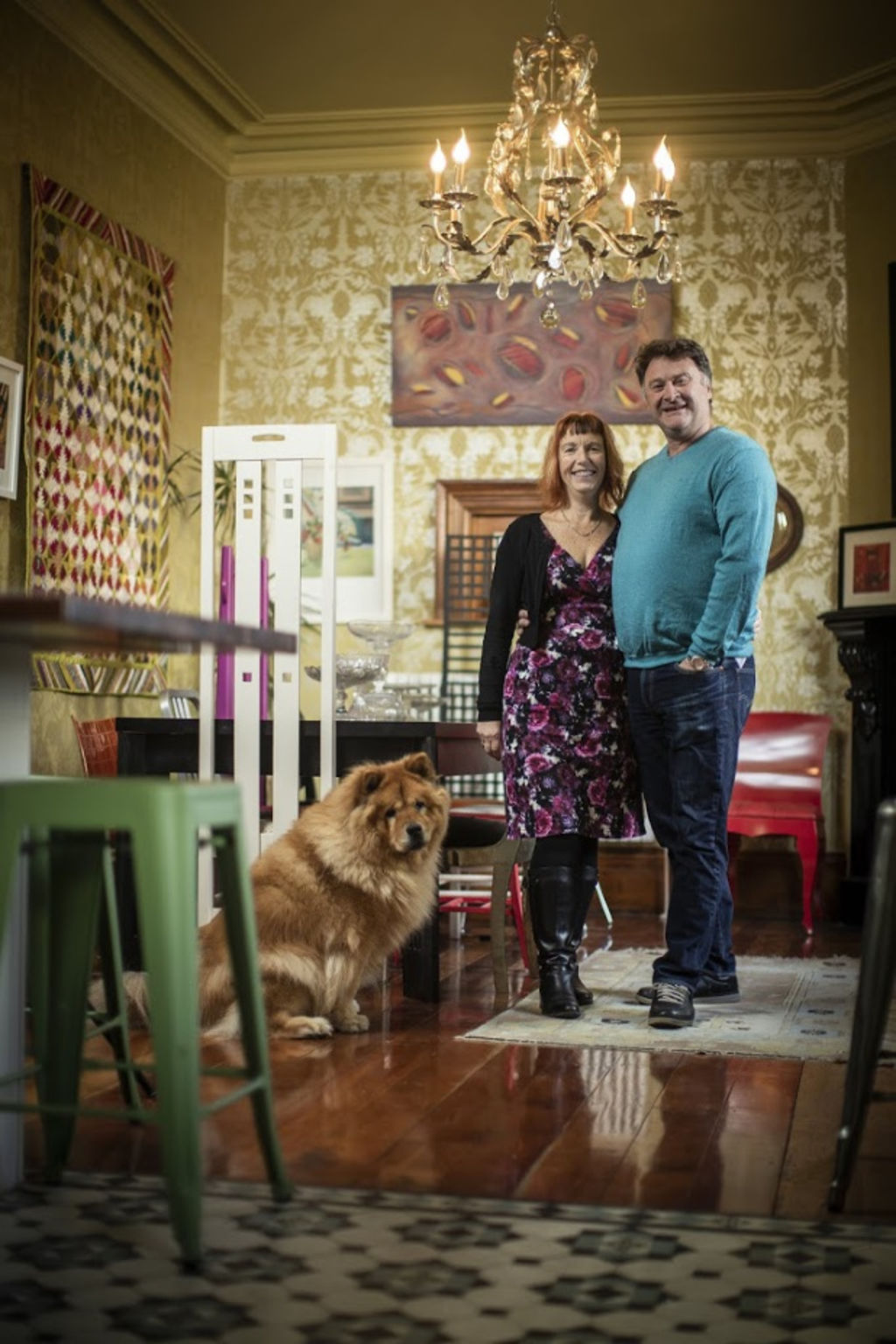
Interior designer Debra DeLorenzo, who is also a qualified kitchen and bathroom designer, says she always asks clients why they chose her services.
“Usually, it’s a referral,” she says. “People have said, ‘I like working with her, or her tradespeople are good’ — I have a team I use for all my jobs.
“But for me, it’s all about engaging with people. You need to be sure your designer is someone you get on with. When we needed an architect, I researched online and found three whose work I admired. I could see myself living in a home like those they had designed. Then I went to see them all before I made a final decision.
“Once you narrow your choice down, you know they are all professional, so it comes down to the relationship. How are you engaging with this person? Do your homework; be prepared, and ask questions.”
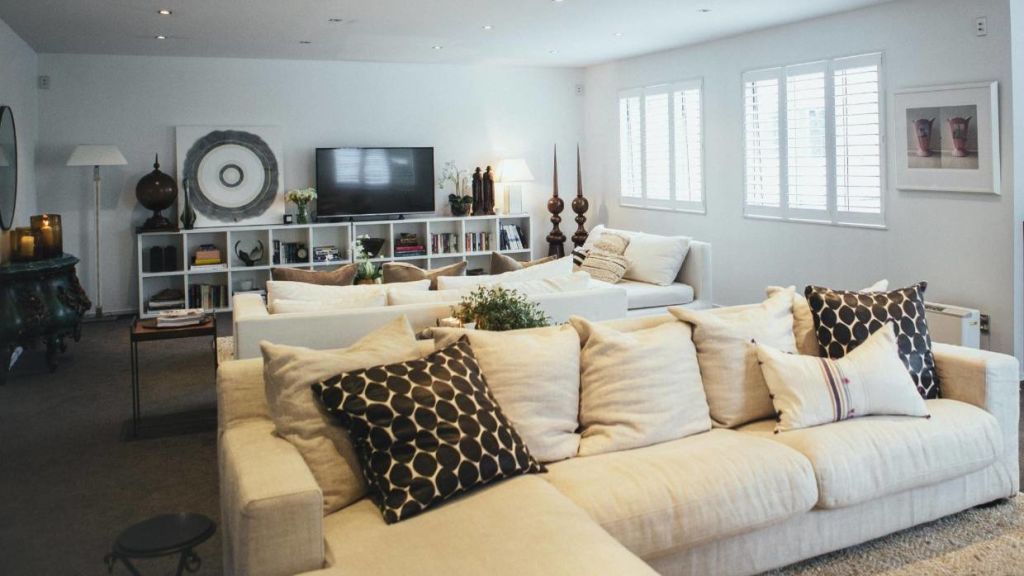
Designer Sonya Cotter also says a good rapport is essential. “Both of you need to feel you are on the same page.”
Cotter says while referrals were the mainstay of her business when she started, now it’s her internet presence that brings in most of her clients.
“Interestingly, not everybody wants the same designer as their friends. People have their own style, and I have even had clients who won’t tell their friends they have used a designer — I am the secret weapon in the background that pulls it all together.”
Cotter says a lot of her clients are very well-educated, but need a little support: “Sometimes, they just need someone to help cull their ideas and make sure they are making the right decision.”
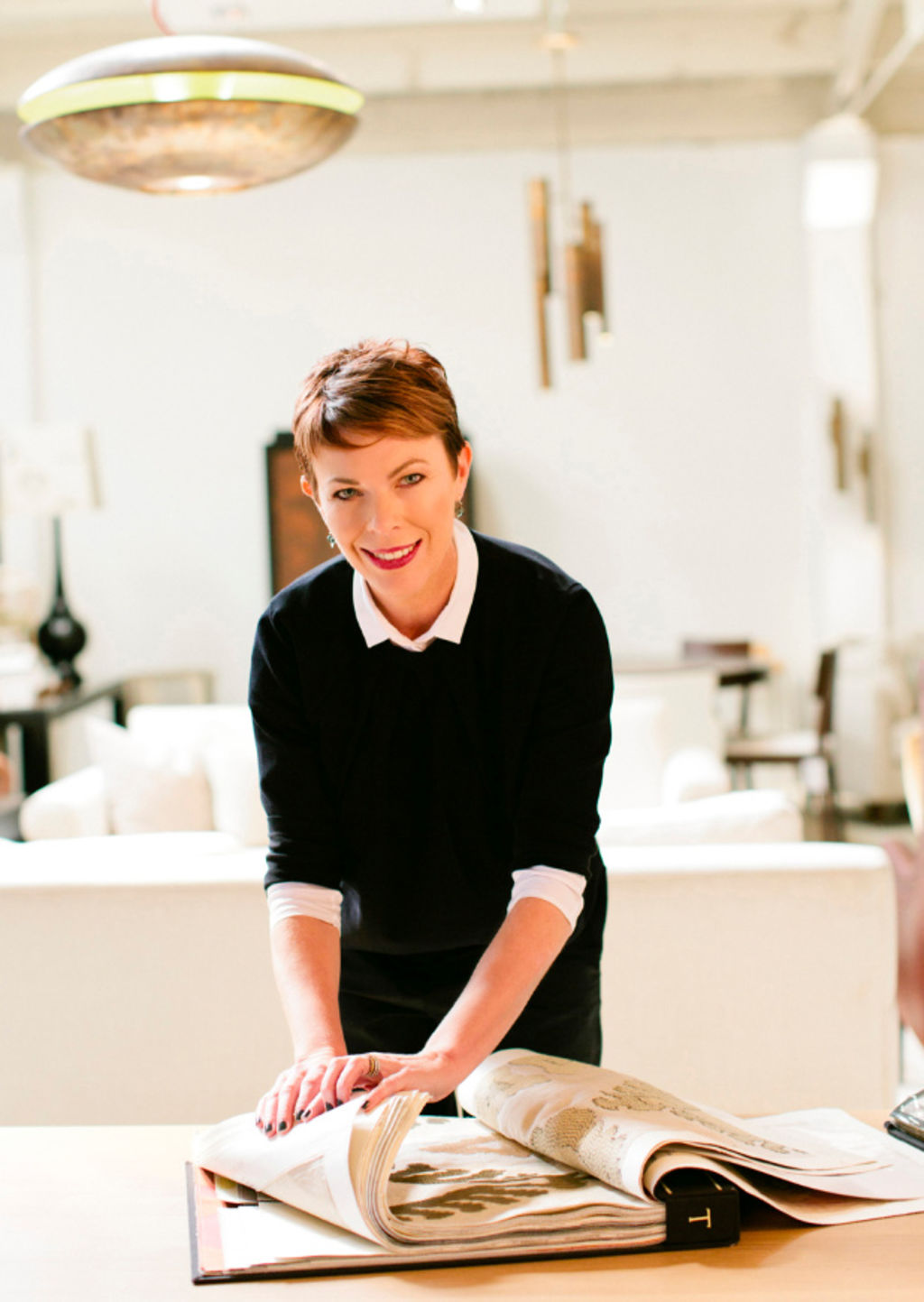
While some designers may have a signature style, most can work across all styles.
For example, DeLorenzo and her designer husband Tony, have a very eclectic, traditionally styled villa, but she says that bears no influence on the work she does for others. It’s also a reason why she prefers to visit clients in their home first.
“My home is not a showroom. And even if I did have a showroom, I could only show two or three styles. So I gather lots of information about people by meeting them in their homes. I get a sense of what’s around them, what they like or don’t like. Even the way they dress says something about their style.”
Greenough also says she likes to “mix it up” when it comes to a style, which can be anything from extreme minimalism to modern or French Country. “Every client is different.”
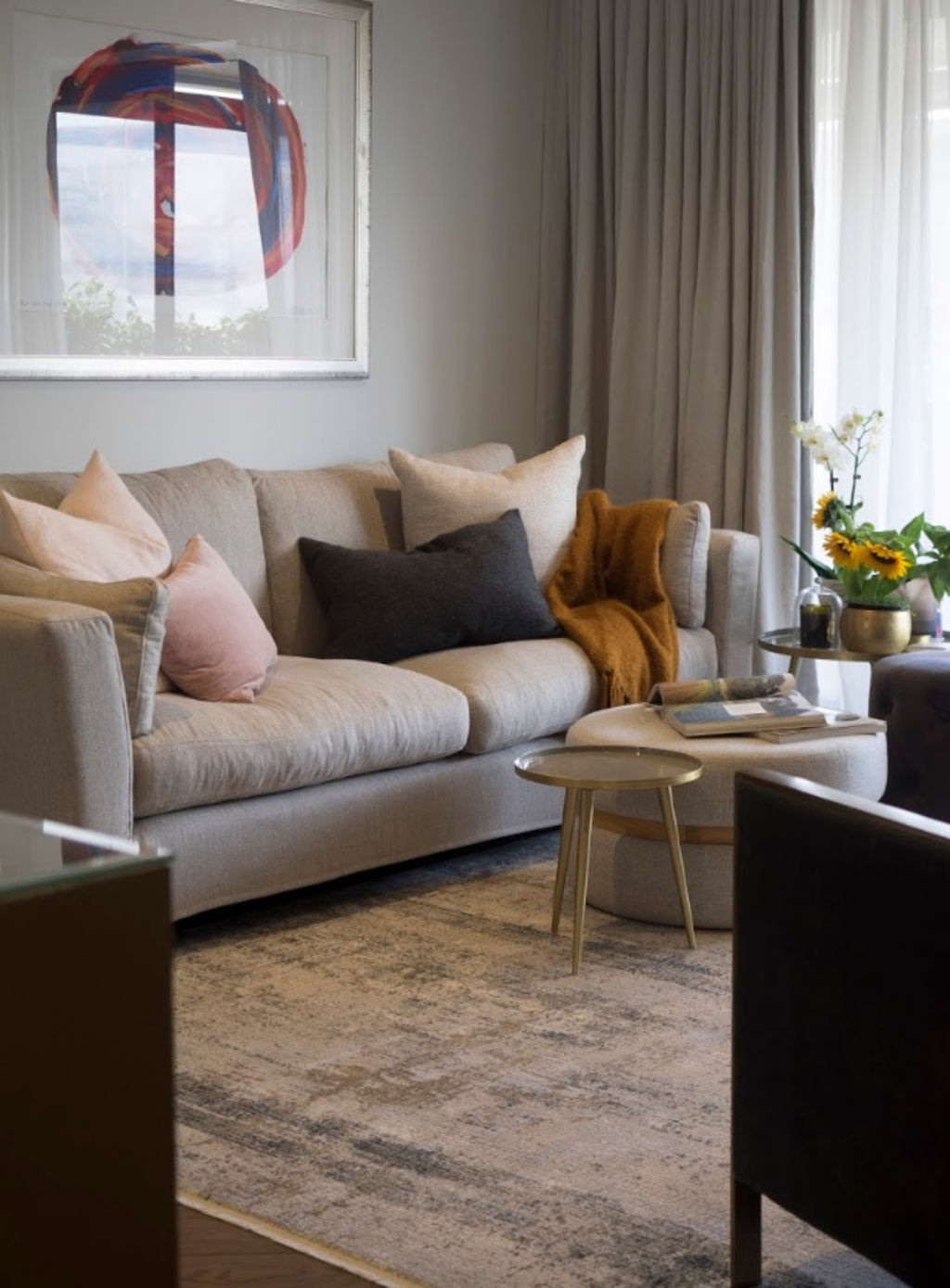
But before you start looking for a designer, it pays to work out whether you require an interior designer or an interior decorator, says Cotter.
“An interior designer will do spatial planning, floorplans and elevations, and work with the ‘hard surfaces’ as well as the soft furnishings and all those lovely elements that help to finish off a home. An interior decorator will be focused only on furniture and styling.”
This story originally appeared on stuff.co.nz
We recommend
States
Capital Cities
Capital Cities - Rentals
Popular Areas
Allhomes
More
- © 2025, CoStar Group Inc.
